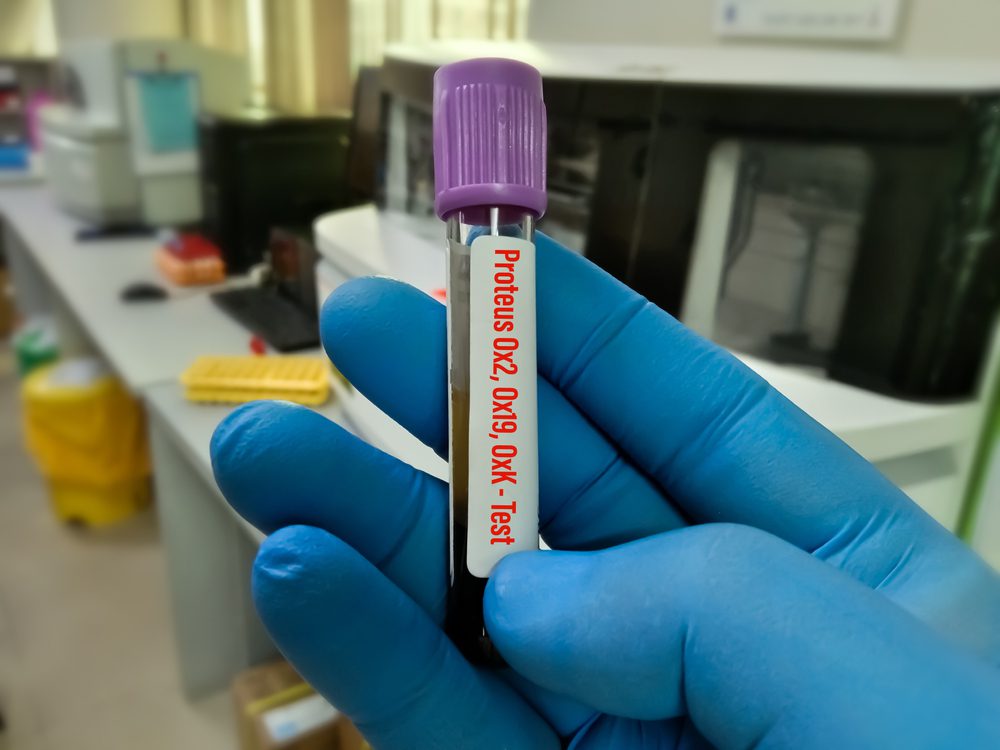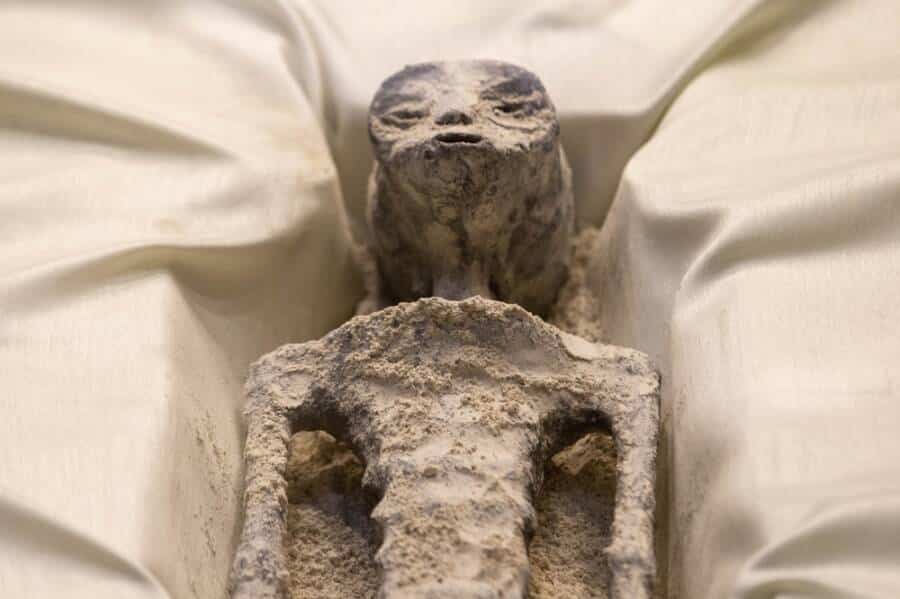You won’t believe some people have these rare genetic mutations!
No two people will ever be the same. Due to genetics, not even identical twins can be alike. However, these variations can occasionally result in uncommon, frequently fatal genetic abnormalities.
Sadly, most of the human beings who suffer from these mutations are usually seen as weirdos, yet they are part of our species’ wide range of genetic variants. You’re in the right place if you are interested in learning more about these abnormalities!
Here at Mind-Bending Facts, we explore curiosities from all over the world to bring them to you right in your inbox. Let’s start our article with the first genetic mutation:

1. Proteus syndrome
One of the most common genetic mutations is called Proteus syndrome. Skin, bones, and other tissues develop too quickly due to this condition. Normally, a person’s organs and tissues develop at a different rate than the rest of the body. The disease is caused by a particular mutation in the cell growth-controlling gene AKT1.
According to scientists, this particular mutation occurs very rarely (one in a million people), and it can result in weird but also bulky features of the body. However, the symptoms of the disease appear only after 18 months of birth, and they can’t be stopped in any way, even with medication.
2. Feet facing backward
This genetic mutation gained “popularity” after a Chinese woman told her story publicly. She has an anatomical abnormality in which her feet are facing backward. However, she managed to be a normal human being despite her physical aspect.
She is an inspiration to us all because, despite her situation, she still takes pride in herself, which is fantastic. It’s interesting to note that most people with these conditions manage to conquer every obstacle life throws at them. Impressive!
3. Fish odor syndrome
Having a bad and stressful day during the summertime might make you sweat a lot. And while this is normal, the only problem is the smell. Now, we will talk about another genetic mutation that only a few people have, called fish odor syndrome. Most of the individuals that have this disorder are women, and in general, it is characterized by a very stinging smell in their sweat. The peak of this particular syndrome occurs during the monthly periods, and if the woman takes contraceptives.
People with this mutation typically struggle to fit into society, and the word “isolation” is all too familiar to them.
4. Harlequin ichthyosis
This genetic mutation is probably the less known but also among the most severe ones. This particular condition affects the skin mostly. And all the people who have it are prone to thick and cracked skin all over the body. The illness results from abnormalities in certain genes that produce the protein filaggrin, which is essential for maintaining the skin’s barrier’s function on normal parameters.
The mutations result in a serious impairment in the development and operation of the skin’s outermost layer, which causes the recognizable thicker skin plates along with extensive fractures. People who suffer from this terrible condition can’t adapt to variations in temperature (from summer to winter, for example).
Moreover, they can also develop certain infections, and their mobility is also affected. Life expectancy is around 20 years old, and sadly, there is no known remedy for this mutation.
5. Mermaid syndrome
This is another deformity that affects the lower part of the body. The main feature of a genetic mutation is that the legs are agglutinated, giving the appearance of a tail. Mermaid syndrome is a rare condition, which means that only 1in 100,000 children might have it.
While in most cases it’s a fatal disease, there was a patient who managed to survive after doctors performed surgery and separate the legs.
Eager to find out more about scientific discoveries about our genetics? We recommend that you take a look at this book. Besides being super informative, it also has a nice price on Amazon. Check it out!
6. Ectrodactyly
Widely known under the name “lobster claw hand,” this genetic mutation doesn’t allow the body members to grow naturally. Furthermore, most of the patients who have this disorder are also deaf, or their hearing is acutely affected.
Ectrodactyly happens usually because of a mutation in chromosome seven that leads to severe malformations in limb development. Most often, those who experience it have clenched hands or feet and only have one toe or finger.

7. Epidermodysplasia verruciformis
This is another unusual condition that increases the risk of human papillomavirus infection. On the feet, hands, and, in the most severe instances, even on the patient’s face, scaly macules and papules may develop. These skin eruptions might resemble warts, wood-like growths, or even growths with reddish-brown plaques.
People between 20-40 years old are often the first to develop skin tumors, and the growths frequently arise in sun-exposed locations. Unfortunately, again, there is no cure for this genetic mutation, but there are plenty of treatments to calm the symptoms. The problem is that no doctor can guarantee for sure that papules won’t come back after a while.
8. Neurofibromatosis
Neurofibromatosis is another disorder we must include in our article. Scientists believe (but don’t know for sure) that this genetic mutation is some sort of combination of disorders, and one of them is Proteus syndrome, the first one on our list.
Symptoms of this disorder are usually mild; however, they can easily lead to complications like cardiovascular issues, loss of vision, hearing loss, and learning impairment. One of the first physical changes that indicate you suffer from this mutation is the appearance of tiny lumps on the skin and a bony lump on the forehead.
9. Anisocoria
After plenty of studies on this matter, the American Academy of Ophthalmology describes anisocoria as an uncommon disorder when a person has different-sized pupils. People with this mutation may appear to have two distinct eye colors. Neat, right? But in reality, they don’t.
The variation in pupil diameters between the left and right eyes is often less than a millimeter, and this sort of genetic abnormality manifests from birth. 20% or fewer people in the population are affected by this specific disorder.
What do you think about this mutation? Are there any people you know who have it? Tell us in the comments.
10. Hypertrichosis
Also called werewolf syndrome, this mutation affects only one in a billion people on Earth. Recent studies have made the connection to chromosome 8 and its rearrangement. The phenomenon occurs if there is a disruption in the way in which the epidermis and dermis communicate, back when the fetus is still developing.
When the fetus reaches 3 months of growth, hair follicles start to appear everywhere between the eyebrows and toes. The reason why this is not happening to everyone is that our bodies refuse to form hair follicles, so we stay hairless. In certain people, the body listens to the command, and this is how the hair appears.
…psst! Before you leave the page, hit that subscribe button and let us keep you updated on everything fascinating around the globe. And meanwhile, check out another related article about strange diseases.








